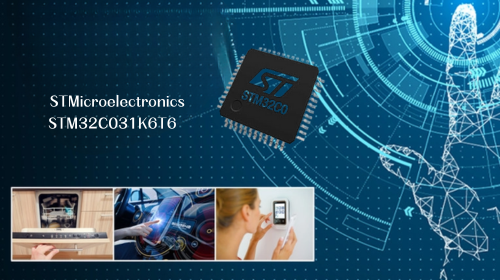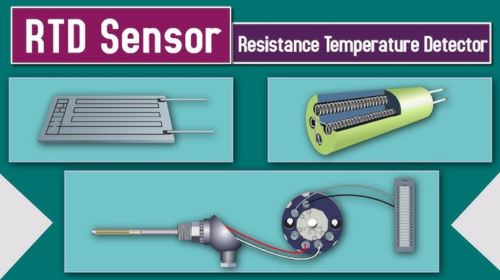 STMicroelectronics STM32C031K6T6 - Microcontrollers
STMicroelectronics STM32C031K6T6 - Microcontrollers
Feb .11.2025
The STM32C031K6T6 is a microcontroller optimized for high-speed and low-voltage operations, providing excellent performance for industrial control systems, home automation, smart energy meters, diagnostic equipment, sensing applications, security systems,
 Resistance Thermometer Temperature Sensors
Resistance Thermometer Temperature Sensors
Dec .31.2024
A resistance thermometer is a common temperature sensor that measures temperature by utilizing the property that the resistance of materials changes with temperature. Resistance thermometers are widely used in various fields, including industrial control,

 STMicroelectronics STM32C031K6T6 - Microcontrollers
STMicroelectronics STM32C031K6T6 - Microcontrollers
 How to Identify Legitimate Sellers When Purchasing Electronic Components Online?
How to Identify Legitimate Sellers When Purchasing Electronic Components Online?
 Development Directions and Innovation Trends of the Electronic Components Market in 2025
Development Directions and Innovation Trends of the Electronic Components Market in 2025
 Resistance Thermometer Temperature Sensors
Resistance Thermometer Temperature Sensors